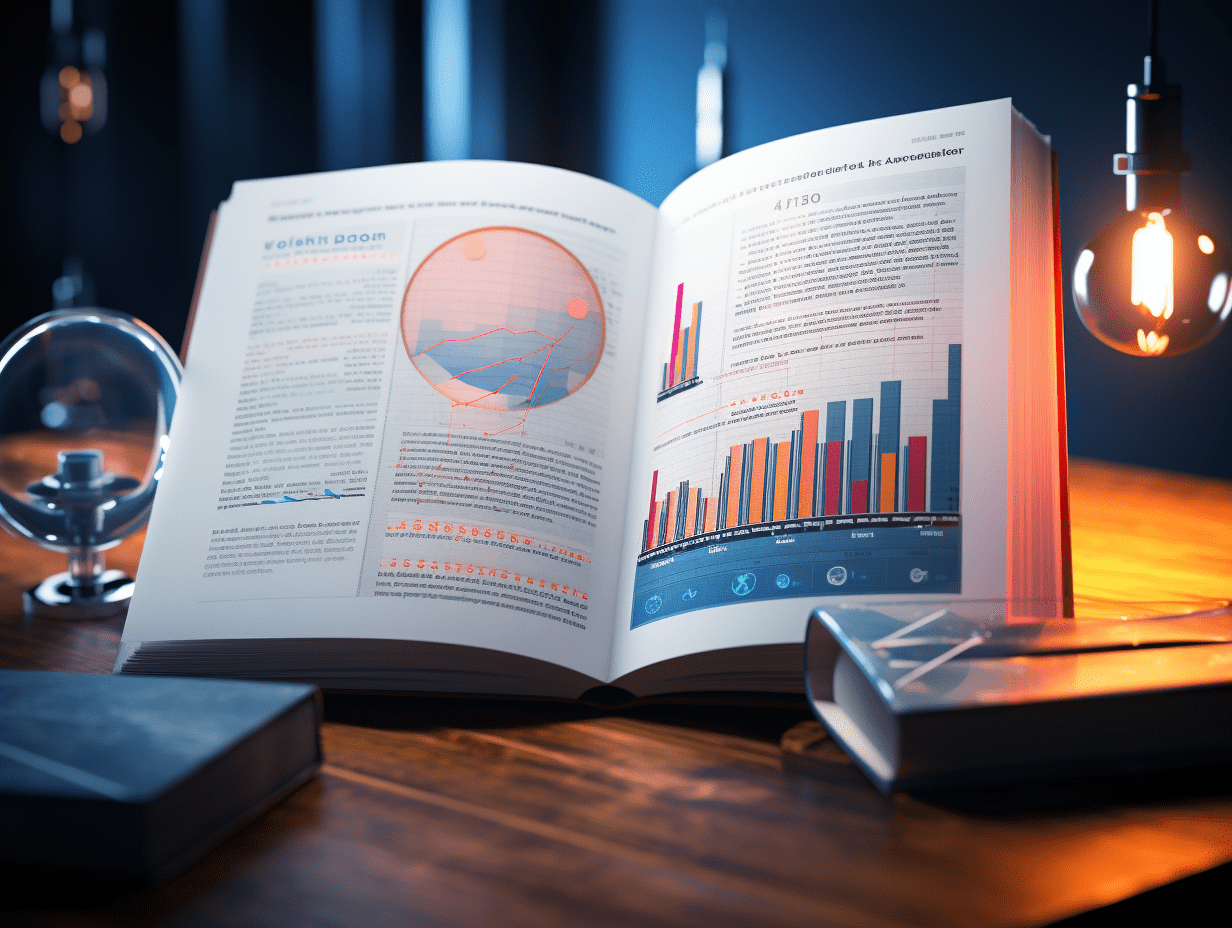How did Goldman Sachs Group, Inc. (GS.US) achieve a complete victory in the Federal Reserve's annual stress test?
According to the stress test scenarios conducted by the Federal Reserve this year, Goldman Sachs may incur a loss of only $300 million when facing an economic shock, significantly lower than the $18 billion predicted a year ago.
According to this year's stress test scenario by the Federal Reserve, Goldman Sachs Group, Inc. (GS.US) may only incur a loss of $300 million in the event of an economic shock, far lower than the $18 billion predicted a year ago. This is also a significant reason for the bank to distribute substantial dividends to shareholders.
The drastic decrease in this prediction reflects Goldman Sachs Group, Inc.'s efforts in recent years to reduce its risk exposure. However, it also highlights technical adjustments made by the Federal Reserve in its stress testing methodology, making it easier for Wall Street's largest banks to pass the tests. As a result, on Tuesday, several banks announced increased dividends and initiated stock buybacks.
Many banks have benefited from this more lenient testing, but none have benefited as significantly as Goldman Sachs Group, Inc. The bank announced a 33% increase in its quarterly dividend to $4 per share. Due to the expected decrease in losses, its minimum capital requirement ratio also decreased from 13.6% to 10.9%, the lowest level since the current testing mechanism was implemented in 2020. Barclays PLC Sponsored ADR analyst Jason Goldberg bluntly stated, "Goldman Sachs Group, Inc. is definitely the biggest winner."
Goldman Sachs Group, Inc. and other large banks like Bank of America Corp undergo stress tests by the Federal Reserve annually to assess their ability to withstand market shocks. This year, the Fed assumed an economic downturn of 7.8% within a year, a rise in unemployment to 10%, a 33% decrease in housing prices, and a 30% decline in commercial real estate prices to test the banks' resilience.
A key adjustment in this year's stress test by the Federal Reserve was the exclusion of private equity investments in market shock scenarios, an area in which Goldman Sachs Group, Inc. has a higher risk exposure compared to its peers.
Additionally, the Federal Reserve stated that its models have been adjusted to more accurately reflect the gains and losses from hedging. The Fed mentioned that "certain banks' simulated trading losses improved due to atypical customer behavior before the 2024 U.S. election," with many believing this also included Goldman Sachs Group, Inc.
Morgan Stanley's Global Banking research head Betsy Graseck said, "This atypical customer behavior, primarily trading activity before the election, along with the Fed's change in assessing hedging, is indeed advantageous for banks."
However, despite this, Goldman Sachs Group, Inc.'s trading losses in simulations are still much lower than its peers - $7 billion for Morgan Stanley and $10.2 billion for JPMorgan Chase. Over the past few years, Morgan Stanley's capital requirements have been similar to those of Goldman Sachs Group, Inc., while large deposit-taking banks like JPMorgan Chase and Citigroup typically have lower capital requirements.
For years, major U.S. banks have complained about the lack of transparency in the models used by the Federal Reserve to calculate capital requirements, often to their disadvantage. This dissatisfaction peaked last year, with one of the banking industry's main lobbying groups even filing a lawsuit to demand more transparency in the testing process and reduce result volatility.
The Federal Reserve has stated that it is committed to improving the transparency of stress tests. However, analysts point out that without more disclosure, it is impossible for outsiders to understand why there is such a significant difference between the banks this year. RBC analyst Gerard Cassidy noted, "Goldman Sachs Group, Inc. may be using more hedging derivative strategies than its peers to deal with extreme market conditions - which is exactly what the stress tests evaluate. Of course, this is entirely possible, but without transparency, we cannot confirm."
Stress testing is part of a series of banking regulatory rules introduced after the 2008 financial crisis. The Federal Reserve uses these tests to determine the minimum capital levels banks must maintain to withstand potential losses. From the banks' perspective, the lower the capital requirement, the higher the operational flexibility. According to Barclays analyst Jason Goldberg's calculations, for every 10 basis point decrease in capital requirements, Goldman Sachs Group, Inc. can release nearly $700 million in capital, which can be used to expand operations or return to shareholders.
Goldman Sachs Group, Inc. CEO David Solomon has been working to strengthen the company's business resilience, including gradually reducing the company's private equity investments and focusing on managing funds for external clients. David Solomon stated on Tuesday that the results of the stress test "reflect the efforts we have made over the years to reduce our capital intensity."
Related Articles

On July 3, Midea Group Co., Ltd (00300) spent 10.3349 million yuan to repurchase 142,700 shares of A shares.

The actual controller of Profit Cultural & Creative Group (300640.SZ) plans to reduce its shareholding by no more than 3%.

SHANSHAN (01749) appoints Jun Fu Financing as independent financial advisor.
On July 3, Midea Group Co., Ltd (00300) spent 10.3349 million yuan to repurchase 142,700 shares of A shares.

The actual controller of Profit Cultural & Creative Group (300640.SZ) plans to reduce its shareholding by no more than 3%.

SHANSHAN (01749) appoints Jun Fu Financing as independent financial advisor.






